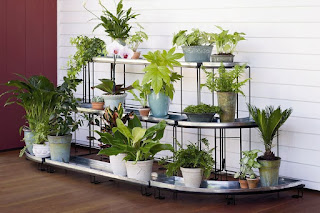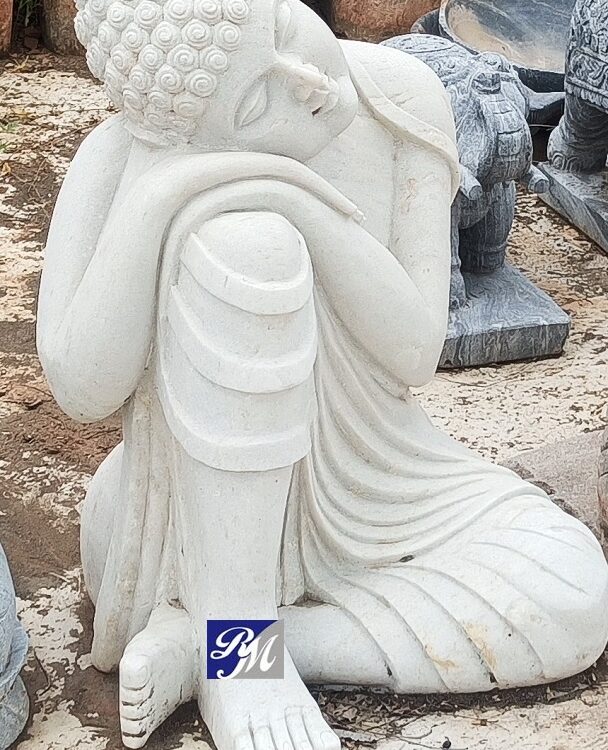Decorating a garden is a full-time job. It is not just about heading to the nearest garden supply store or nursery.It entails a holistic knowledge of every aspect of gardening: What kind of plants concord to which season, how much water intake the plant needs and providing the plants with the best possible care so that when they mature, they do not let you down. Gardening is about parenting the flora!
Potted plants infuse elegance and sophistication to the garden. It is a testimony that you are ready to traverse those extra miles to make your garden an enthralling visual escapade for the onlookers. Similarly, houseplants suffuse a breezy and congenial texture to the house. Indoor container gardening is the cynosure of your interior space and the best part is that you don’t have to worry about cluttering your home with artefacts or any other home décor articles.
Know Before You Grow
When talking to other plant people, the terms “pot” and “planter” will be used interchangeably. Pots are generally smaller, round and are usually meant to contain one plant. Planters are generally meant for outdoors, are an irregular size, and can contain many plants.
From your patios to the entrance or from the terrace to the backyard, garden potted plants can be placed anywhere and everywhere to heighten the visual allure of the space or simply to transform the void into a booming botanical paradise.
If you thought that the visual potential and the material of the pot is all that matters, then think again. To step into the realm of a container garden the first priority should be given to choosing the right height of pots or planters.
Small Pots
Disadvantage: If the pot is small in size, it results in the congestion of the roots, that further cuts off the moisture, oxygen and nutrients. Thus, the plants will be deprived of the vital nutrients that will guarantee its vigorous growth. If you have a small pot the plant will demand a large quantity of water especially during the scorching summer.
Advantage: Plants that demand less water like cacti and succulents are ideal for growing in small pots. Various shallow rooted plants such as Rhoeo, Syngonium, African Violet can be grown in them. Smaller pots are also great for usage in small areas that need livening.
Large Pots
Disadvantage: In case of a pot being large in size in comparison with the size of developing roots, often, the redundant soil tends to sojourn in the pot, forming a hard cake barrier, which can later overpower the roots. The soil in a large pot takes time to dry out with a propensity to tip over.
Advantage: Large pots can retain greater amount of soil and water , hence dries out at a slower pace compared to the smaller pots. Large pots are great for growing shrubs, small fruit and ornamental trees for placing in locations where ground planting is not an option.
Choosing Plant Pots
If you have Japanese Maple, conifers, Ficus plants etc., the pots or containers should be purchased with a long term vision in mind. Pots have to be at least 15 inches deep and 12 inches wide. The bigger the container, the bigger your plant can grow comfortably.
A nursery plant should be transplanted to a pot which is two inches deeper than the one it came in, while also being two inches broader.
Annuals that tend to grow 10-12 inches tall should do fine when placed in a pot that has diameter of 8-10 inches. However, if the plants grow rapidly to the size of 2-3 feet, it is ideal to shift it to a pot with a diameter of 24 inches or something that resembles half portion of the barrel.
Don’t plant a shrub in a pot that has a slim neck, as chances are, that the root bulb will grow larger than the diameter of the neck and will not come out of the pot without encountering trouble.
For plants that exhibits slow growth, opt for a pot that is 1-2 inches larger than the pot it was bought in .
Choose pots for your flora, after understanding the growth template of the plant. Hence, you need to be know the physiology of the plant and its roots before growing them into pots.
So, go and opt for the correct containers and witness the happy growth of the plants.


